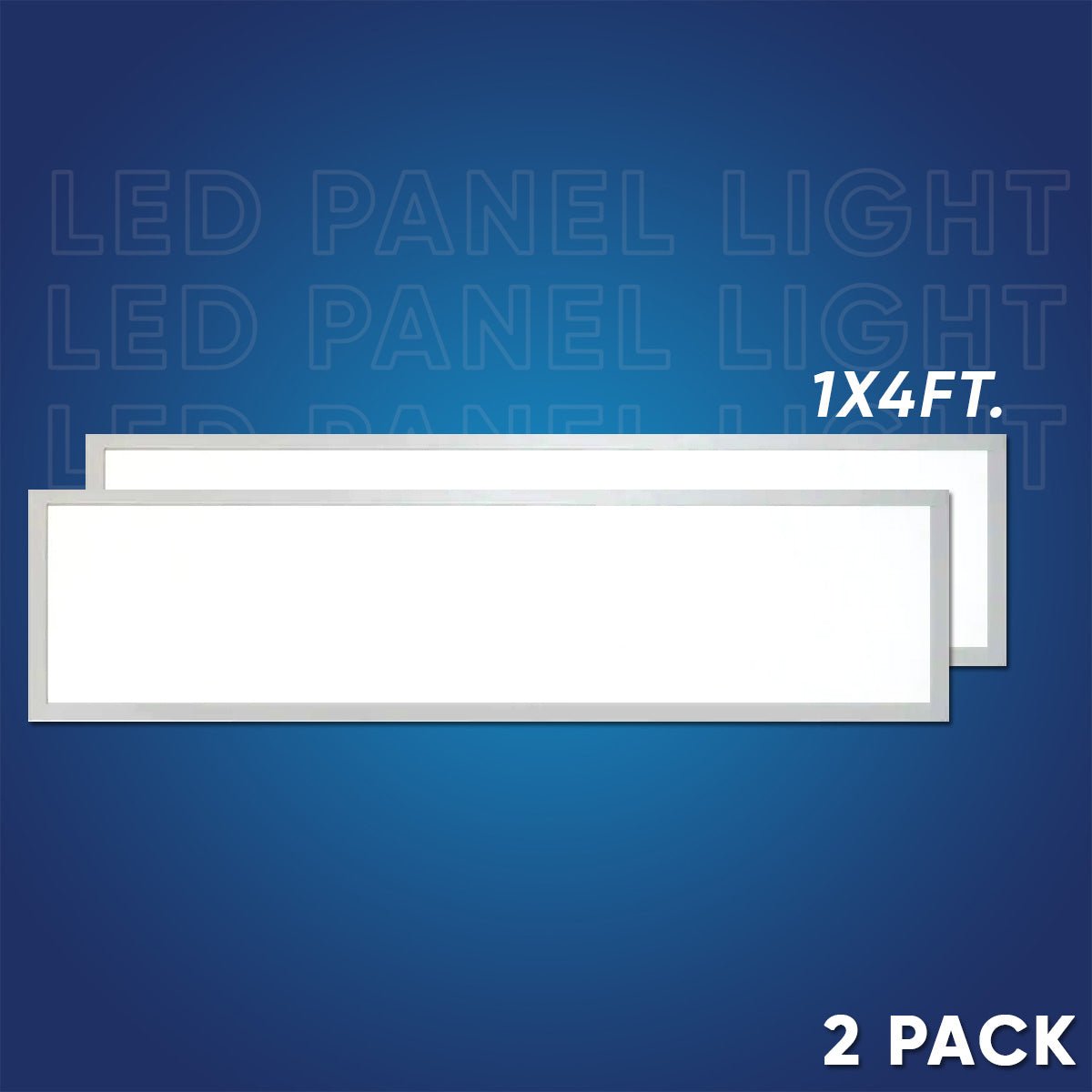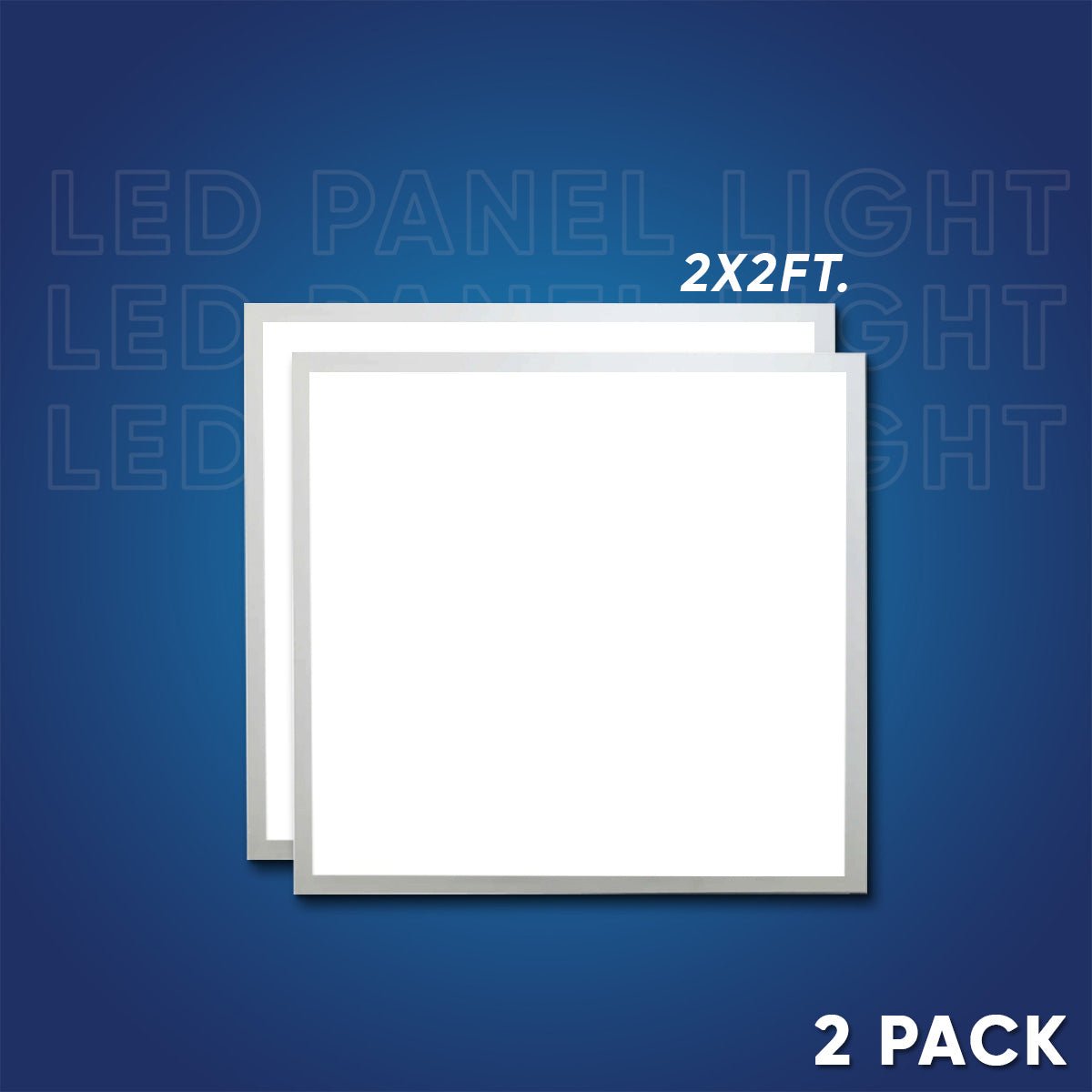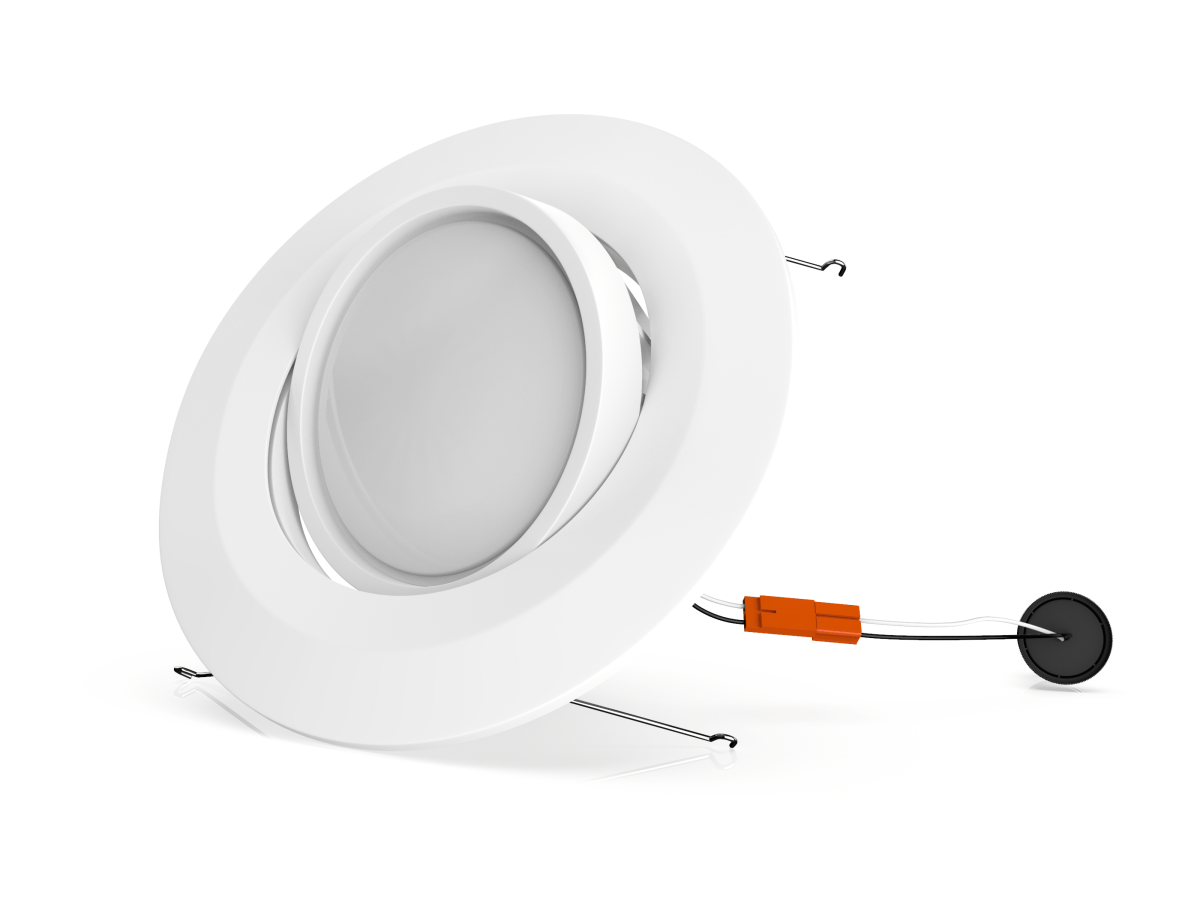Because LED lighting has such high energy efficiency, long lifespan, and an impressive flexibility on which to be based, it is becoming the choice for modern homes and businesses. Among the numerous selections of LEDs on the market, LED panels and LED downlights top the list as most desired indoor lighting. What's the difference, though? Learn the differences between LED Panels and LED Downlights in this article.
Getting to Know LED Panels
LED panels can be used for broad, uniform illumination in an area, which makes them very popular. Here is what you need to know about LED panels:
Design and Style: LED panels are fairly flat, slim, and rectangular or square-shaped. They are often incorporated into ceilings without being noticed. With clean, sleek lines, they add a modern look to otherwise cluttered or messy spaces.
The effect on the lighting: LED panels manufacture soft and diffused effects of lighting, which mainly evades glare or shadows. For this reason, they become ideal applications for places requiring gentle illumination over a wide spread. Offices, conference rooms, schools, and hospitals are ideal places to make use of LED panel lights.
Applications: LED panels offer the application for some investment needs of high uniform brightness. They find general use in commercial spaces but are also finding their usage in residential segments, especially where low ceilings exist or in applications associated with task lighting.
Energy Efficiency and Lifespan: LEDs panels are of high energy efficiency and can last up to 50,000 hours or more. The brand and usage define the longevity of LEDs panels, saving energy costs and the hassle of frequent replacements.
LED Downlights
LED downlights are handy fixtures for various installations where directional lighting is required. Here's what you should know about LED downlights:
- Design and Form: The appearance of LED downlights is always circular in shape and mounted into ceiling cavities directly so that they have a clean, flush look. Comparatively, LED panels are more compact and, therefore, optimal for smaller spaces.
- Light Impact: While LED panels tend to give a diffused lighting effect, LED downlights impact with sharp, directional lighting. Thus, these lights are fantastic for accent lighting, creating focal points, or highlighting a certain area of a room.
- Applications: LED downlights are also in high demand within residential settings. Their applications cut across common areas such as living rooms, kitchens, and bathrooms. They're also applied in retail for focus purposes between products or goods put up for sale and in galleries to highlight art pieces.
Energy Efficiency and Lifespan: Similar to the LED panels, LED downlights are also energy efficient and have a long lifespan, hence providing a very sustainable lighting source that also goes along with electricity saving.
Differences Between LED Panels and LED Downlights
|
Feature |
LED Panels |
LED Downlights |
|
Shape |
Flat, rectangular, or square |
Round, recessed |
|
Light Distribution |
Broad, even illumination |
Focused, directional light |
|
Best For |
Large spaces needing uniform brightness |
Accent lighting or small, targeted areas |
|
Common Applications |
Offices, hospitals, conference rooms, homes |
Living rooms, kitchens, galleries, retail spaces |
|
Installation |
Integrated into ceilings |
Recessed into ceilings, often adjustable angles |
Which To Consider?
The selection between LED panels compared to LED downlights would depend on your lighting
needs and space and requirements:
LED panels : Then you should go for LED panels if you have a large area that needs uniform, bright lighting. They are perfect for commercial spaces because you could provide high-quality, glare-free light output to be used in workplaces.
LED downlights: For accent lighting or directed lighting, you can use LED downlights. Sometimes, downlights can create and add depth to a space by making it look complex because of highlighting areas of space that would form layers of lights.
Final Thoughts:
Both the LED panels and the LED downlights are excellent sources of efficient and long-lasting lighting options that can provide an outstanding resource to uplift any environment. While suitable for broad, even lighting within a large hall, LED panels need something to create a cozier atmosphere and make it welcoming. LED downlights serve the purpose of targeted lighting for those areas; consider an example of setting up an office, redesigning a home, or creating a retail space. Knowing the difference between the two types of LED lighting will come in handy for choosing the appropriate one.
Frequently Asked Questions-
- What is the difference between an LED panel and an LED downlight?
The biggest difference is in the design and light distribution. LED panels offer a better overall, uniform lighting scheme. They are better suited to large areas. LED downlights are direct, focused lighting, often best used with accent lighting or smaller spaces.
- Are LED panels available in dimming configurations?
Many LED panels are dimmable, but you need to ensure that you check the specifications of the product you are buying and have compatible dimmer switches .
- Are energy-saving?
Well, yes indeed. Actually, many people use LED downlights because they save a lot in terms of electricity use compared to conventional lighting. In fact, it is an eco-friendly option for saving energy as well as saving energy costs .
- Where do LED panels work best?
The applications for LED panels include more commercial uses, such as offices, conference rooms, schools, and healthcare facilities. They are also well-suited for residential applications that require uniform ambient lighting, like kitchens and large open living spaces.
- Should I be using LED downlights for task lighting?
Yes. LED downlights are also very applicable for task lighting. Their direct illumination makes them ideal for reading, cooking, or for focusing attention on displays and product offerings in retail and display settings.
- Are LED panels and down lights easy to install?
Both the LED panel and the LED down light can be mounted pretty easily, though installation requirements for each tend to be different. Some LED panels may need extra support in ceiling grids. The installation process of downlights will involve cutting out holes in the ceiling and proper electrical wiring.
- How long do LED panels and LED down lights last?
Both LED panels and downlights are used with a long lifespan, generally going from 30,000 to 50,000 hours or more. Again, this will depend on quality, usage, and external environmental influences.
- How do downlights work with high ceilings?
Yes, LED downlights work very well for high ceilings, where adjustable angles can direct light downward. However, LED panels may be preferable for lighting large even areas in rooms with high ceilings.
- Can I use LED panels together with LED downlights?
Absolutely! That's sometimes called layered lighting. You're providing general lighting of a space, combined with LED downlights in the same space. That creates beautiful layers of lighting that can really add interest and depth to a space.
- Are LED panels and downlights safe to use?
Both LED panels and downlights are also safe to use: they produce very low temperatures, nontoxic, and no harmful UV radiation; they are also tough and can withstand impacts, making them a good choice.






























































































